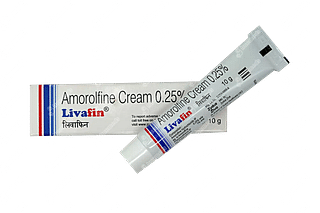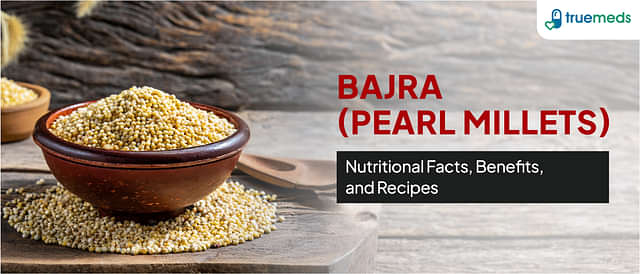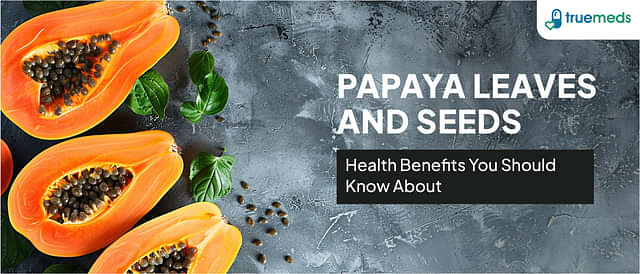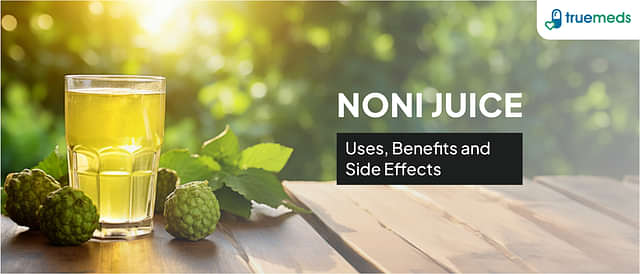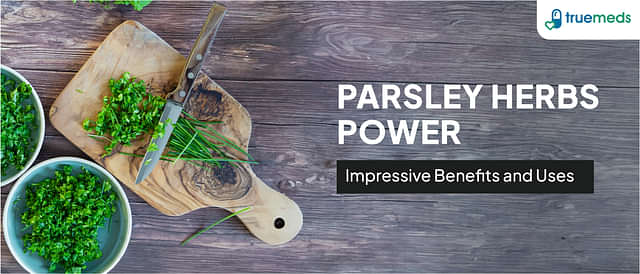Livafin Cream generally works well. However, it can have specific undesirable effects like any drug. The most typical side effects associated with using Livafin cream are as follows:
- Nail disorder: Nail disorder is a common side effect of Livafin cream, and changes in the appearance or texture of the nails characterise it. These changes may include discolouration, brittleness, or nail detachment from the nail bed.
- Skin irritation: Skin irritation is another common side effect of Livafin cream. It is characterised by redness, itching, and a burning sensation at the application site.
- Skin rash: Skin rash is a side effect of Livafin cream, characterised by redness, itching, and small bumps or blisters.
- Erythema (skin redness): Erythema is a common side effect of Livafin cream and is characterised by skin redness at the site of application. This side effect usually disappears on its own, but if it persists or becomes severe, it is essential to seek medical attention.
- Blisters on the skin: Blisters are another common side effect of Livafin cream. These blisters may be small or large and may be filled with fluid. They can be painful and may cause an itching or burning sensation.
Managing the Side Effects
It is important to note that natural or herbal management of the common side effects of Livafin cream should be discussed with a healthcare professional before use, as some remedies may interact with the medication or worsen the side effects.
- Nail disorder: The most effective way to manage nail disorder caused by Livafin cream is to keep the nails clean and dry. A tea tree oil and coconut oil blend may help reduce the symptoms of nail fungus. However, it is essential to note that tea tree oil may cause skin irritation in some individuals.
- Skin irritation: Aloe vera gel may help reduce skin irritation caused by Livafin cream. Aloe vera has anti-inflammatory properties and can soothe the skin. Applying a cool compress to the affected area may also provide relief.
- Skin rash: Calendula cream may help alleviate skin rash caused by Livafin cream. Calendula has anti-inflammatory properties and can soothe the skin. However, it is crucial to note that some individuals may be allergic to calendula.
- Erythema (skin redness): Chamomile tea bags can be steeped in hot water, cooled, and applied to the affected area to help reduce erythema. Chamomile has anti-inflammatory and soothing properties that may help alleviate skin redness.
- Blisters on the skin: Applying a cold compress to the affected area may help alleviate blisters caused by Livafin cream. Aloe vera may also help reduce blister formation and inflammation. Aloe vera has astringent properties and can help dry out blisters.
Precautions
Pregnancy
Livafin cream is typically not advised for usage in pregnant women unless required. Before using the medication, speak with your doctor.
Breastfeeding
The effects of Livafin cream on breastfeeding are poorly understood. However, it is advisable that nursing moms should carefully wash the affected region before breastfeeding the child if they choose to treat their breasts with Livafin cream. However, it is best to hold off on breastfeeding until the mother has finished her treatment and the medication has been completely flushed from her body. Before using Livafin cream, please consult your doctor.
Alcohol
No Interactions were established.
Liver
No Interactions were established.
Kidney
No Interactions were established.
Using Machine and Driving
Livafin Cream is not expected to affect the ability to operate machinery and drive, as it is a topical medication with no systemic effects.
Allergy
Patients with a known allergy to Amorolfine hydrochloride or any other ingredients in the cream should avoid using it.
Use In Children
There is limited data on the safety and efficiency of Livafin cream in children. Therefore, it should not be used in children.
Use In Older Patients
Caution should be exercised in this population as they may be more susceptible to skin irritation and other side effects.
Interaction
Drug-Drug Interactions
The Livafin cream can interact with Medications, including
- Respiratory-related medicines such as budesonide and formoterol may interact with Livafin cream, potentially causing an increase in the risk of side effects.
- Drugs used to treat HIV/AIDS, such as ritonavir and cobicistat, may interact with Livafin cream, increasing Amorolfine levels in the body and potentially causing an increased risk of side effects.
- Corticosteroids, such as prednisone, are mainly used to relieve inflamed tissues by reducing swelling, redness and itching. Corticosteroids may also interact with Livafin cream, potentially increasing the risk of side effects. It is essential to inform a healthcare provider if you are using corticosteroids, as they may need to adjust the dose of Livafin cream or closely monitor for any adverse reactions.
Drug-Food Interactions
- There are no known drug-food interactions with Livafin cream.
Drug-Disease Interactions
Livafin Cream can interact with Diseases, including
- Allergic reactions to clotrimazole and betamethasone: If you are hypersensitive or allergic to clotrimazole or betamethasone, avoid using Livafin Cream as it may cause an allergic reaction or worsen existing symptoms.
- Diabetes: Diabetic people should use Livafin Cream carefully, as it contains a high amount of propylene glycol, which can be absorbed into the bloodstream and may affect blood sugar levels.
- Cataract and glaucoma: Cataracts or glaucoma patients should use Livafin Cream cautiously, as the medication may cause increased pressure in the eye and worsen symptoms.
- Adrenal gland problems: If you suffer from adrenal gland problems, beware while using Livafin cream, as the medication may suppress adrenal gland function and worsen symptoms.
